A 2,500-Year-Old Empire Discovered in Ecuador Challenges What We Thought We Knew About the Amazon
Deep in the Amazon rainforests of Ecuador, archaeologists recently stumbled onto evidence that suggests the existence of a sizable, complex urban society 2,500 years ago.
This ancient civilization, dubbed “Sangay” and located in eastern Ecuador’s Upano Valley, contains an intricate network of roads, plazas, citadels, and gardens.
How Was Sangay Discovered?
A group of scientists working for the French National Center for Scientific Research discovered the ancient civilization of Sangay in the foothills of the Andes mountains.
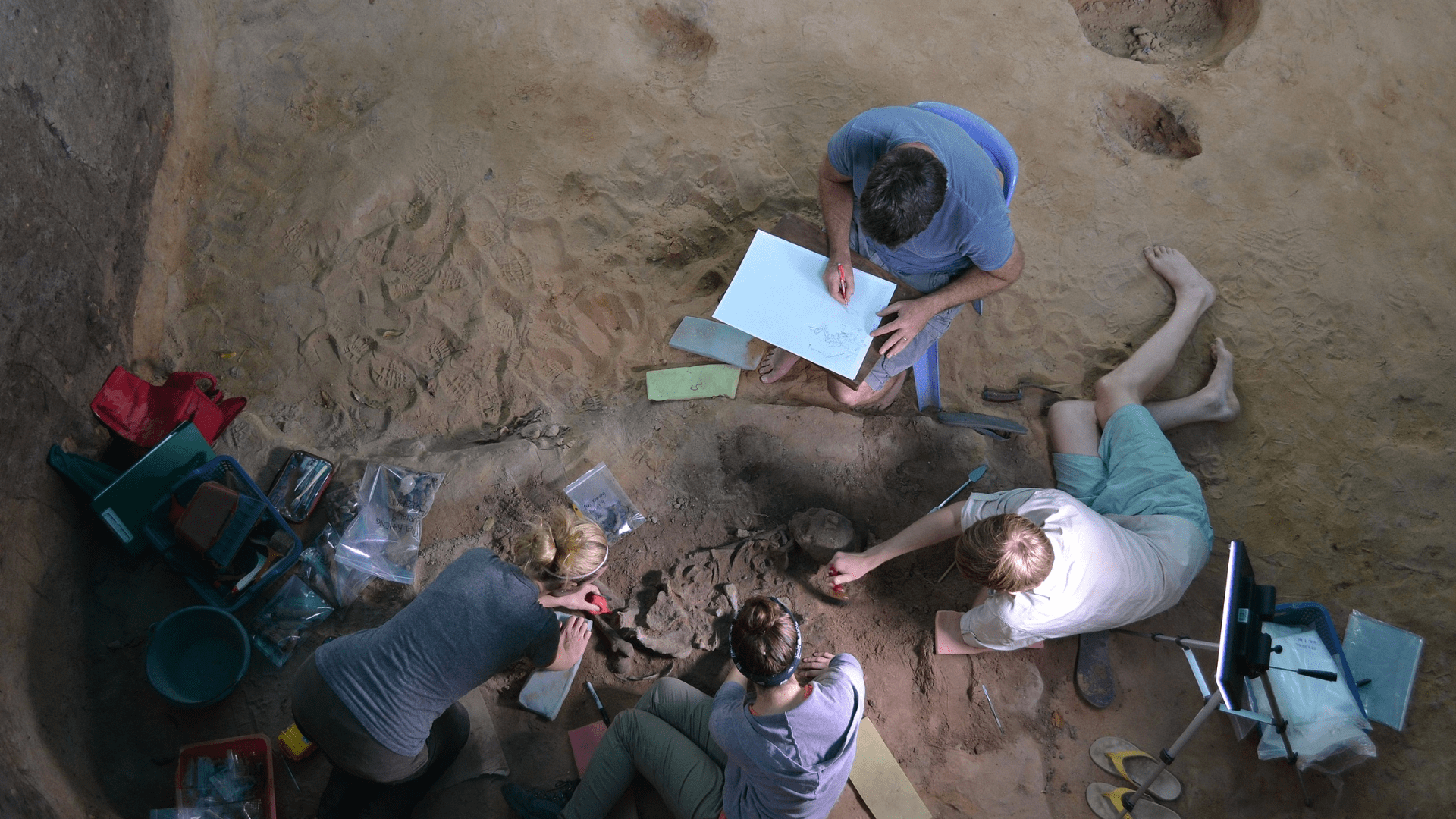
Dougald O'Reilly/Wikimedia Commons
They located the ruins by using light detection and ranging (LIDAR) technology, which is a form of remote sensing that uses lasers to measure distances to objects or targets. The technology does this by measuring the time it takes for the laser to return to the sensor.
Ancient Garden Urbanism in Sangay
“Garden urbanism” is a term used to refer to a type of urban planning that focuses on combining the best of urban and rural environments. Usually, this sort of urban development manifests in the form of a web of small cities linked together by garden projects and reserves.

Peachyeung316/Wikimedia Commons
In recently uncovered Sangay civilization, there appears to have been approximately 15 urban centers linked together by gardens, plazas, and roads. It is estimated that the centers contain over 6,000 platforms for homes and communal structures.
How Does This Change the Way We See Amazonian Cultures?
According to Antoine Dorison, one of the French scientists who performed research on the project, “Most people picture small groups, probably naked, living in huts and clearing land—this shows ancient people lived in complicated urban societies.”
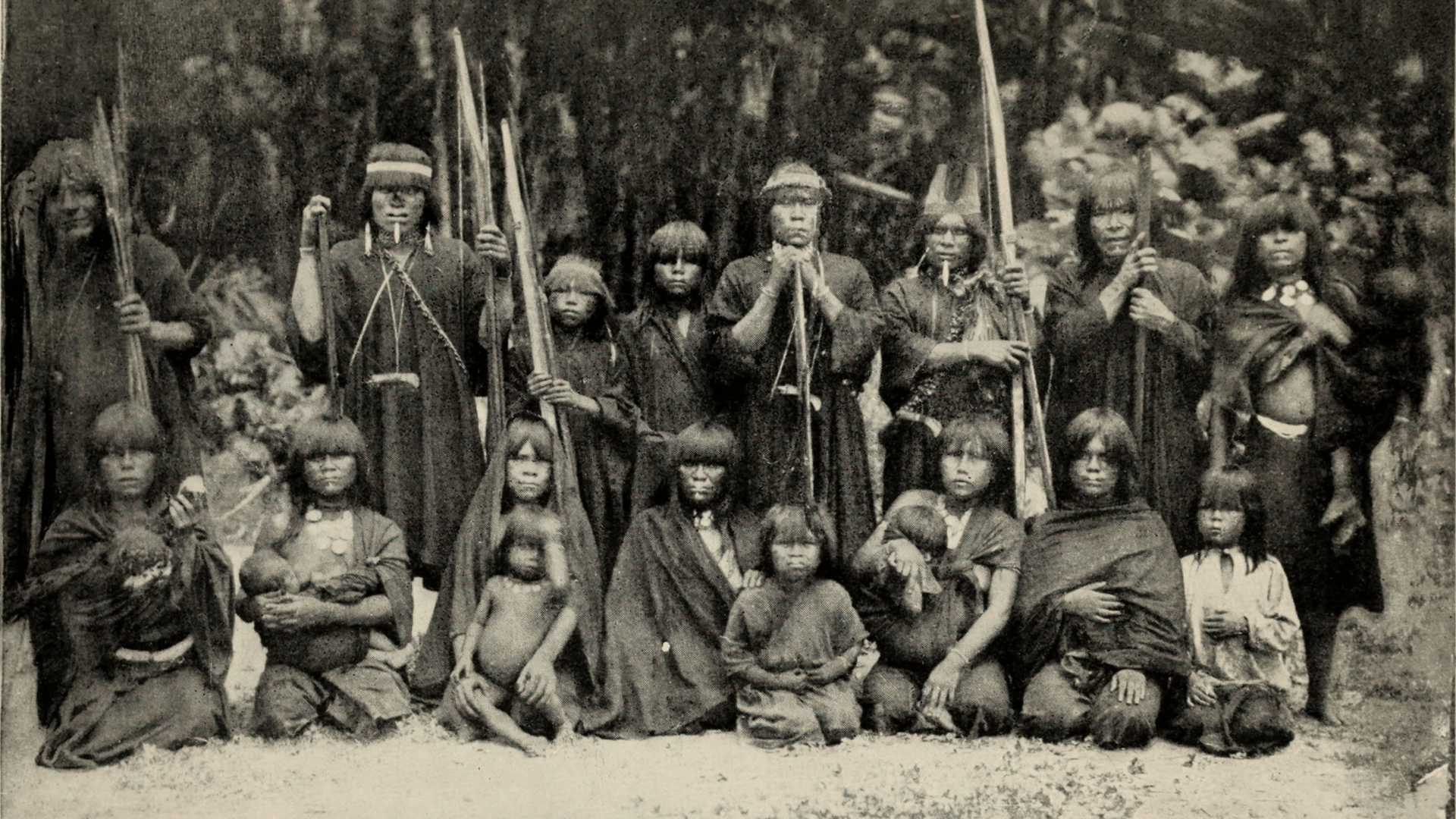
FlickrAPI/Wikimedia Commons
Ancient Amazonian cultures have long been imagined to be relatively unsophisticated hunter-gatherer groups. The unearthing of this 2,500-year-old Ecuadorian empire stands in stark contrast to that misconception.
The Amazon Was Not an Untouched Wilderness Before Colonization
Another key myth that this study dispels is that the Amazon was an untouched and untapped vast wilderness prior to the arrival of European colonizers.
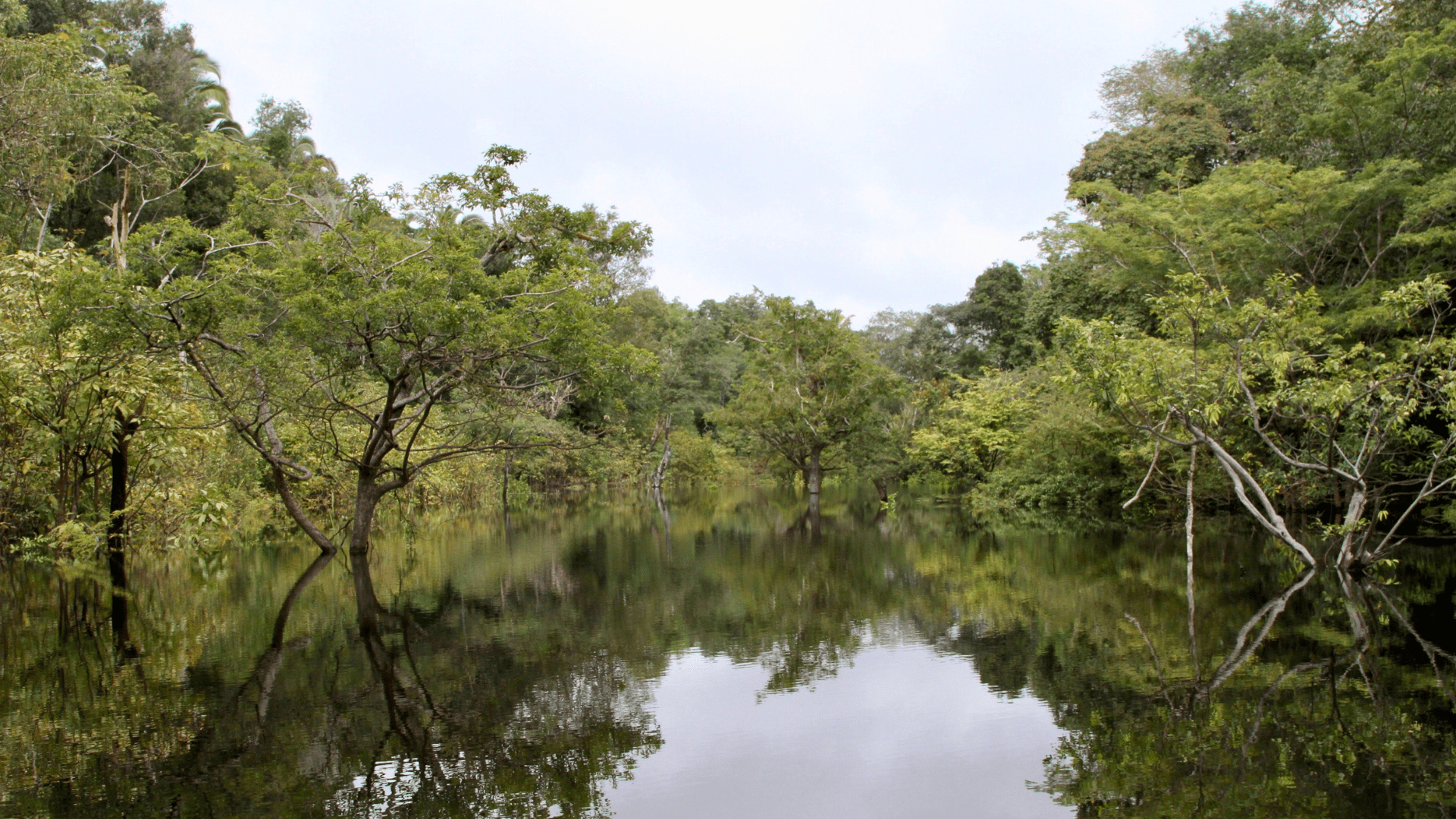
Alexey Yakovlev/Wikimedia Commons
The fact is, the discovery of Sangay shows a pre-Columbian civilization of great stature and remarkable engineering ability. Some of the roads in the area stretch as long as 25 kilometers.
The Sophistication of the Indigenous Amazonians
It is readily apparent from the available evidence that the Kilamope and Upano cultures that occupied the Upano valley archaeological site possessed highly developed land management and agricultural skills.
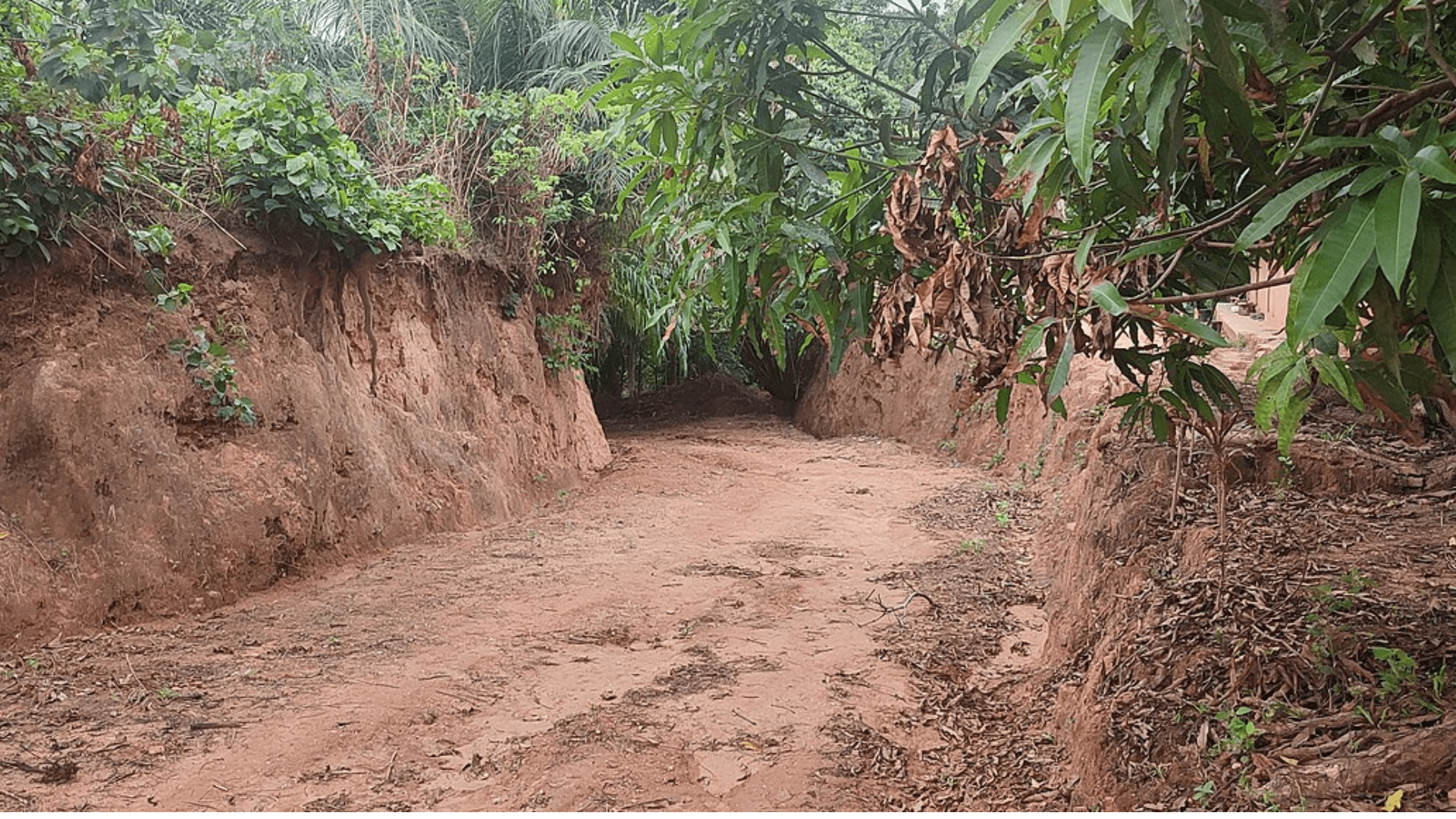
BayoCine/Wikimedia Commons
The urban centers and their platforms were surrounded by large agricultural areas through which ran considerable roads. These matrices of thoroughfares and fields required meticulous planning and execution at a very high level.
The Geography and Land Conditions of the Ecuadorian Empire
As mentioned, this ancient Ecuadorian empire is located in the Upano Valley, in the foothills of the Andes. What makes this area a particularly good place for an empire like this to flourish is the soil conditions.
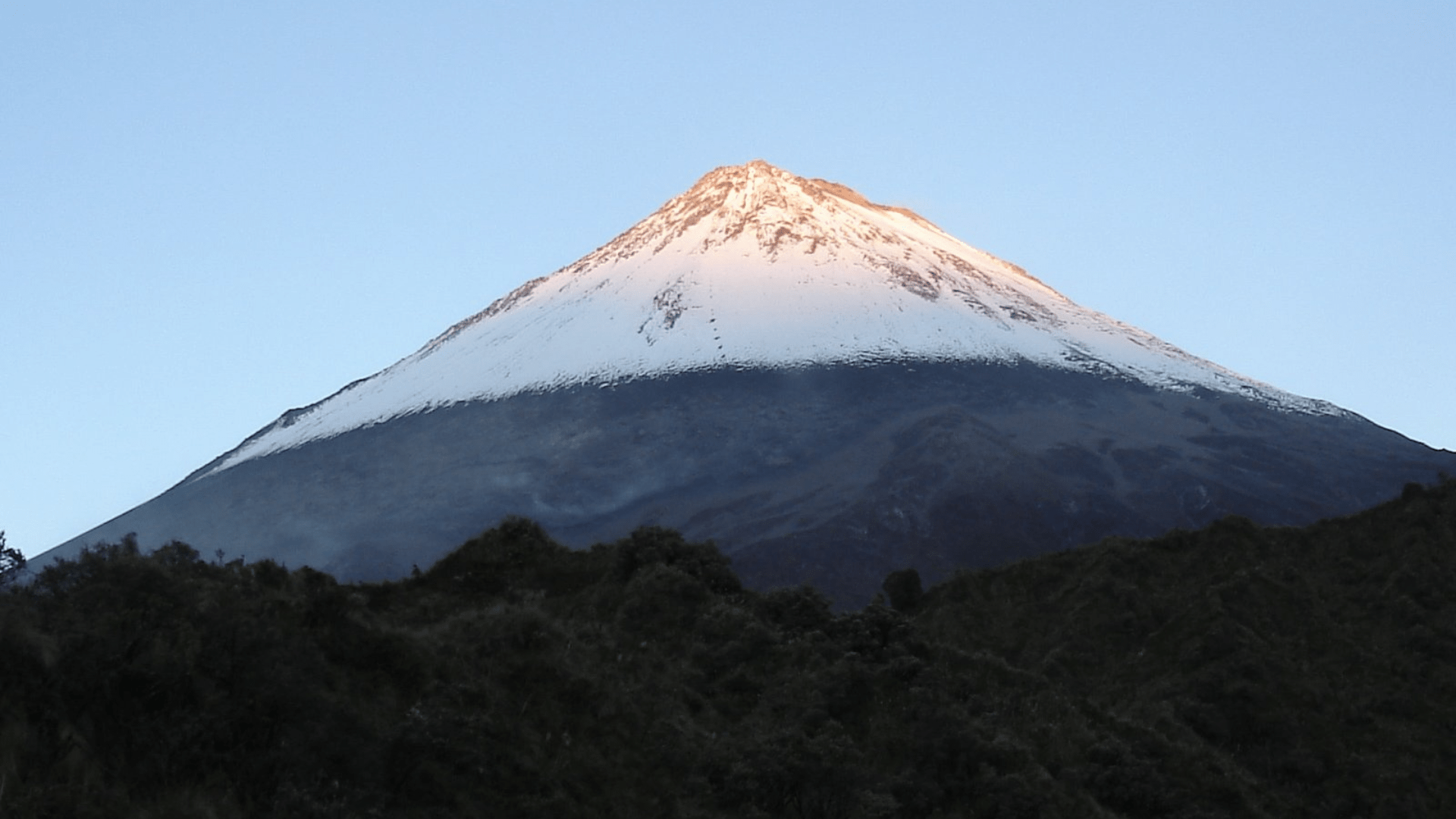
The soil in this area is extremely fertile, providing a great foundation for an empire constructed around garden urbanism. This fertility comes from the volcanic soil, a result of the proximity to Sangay volcano, after which the ancient civilization was named.
The Road System and Construction
This intricate road system linked the civilization’s urban hubs, and researchers noted its similarity to the organizational prowess observed in the networks of the Maya civilization in Mexico and Guatemala.

Andrea Sonda/Unsplash
What adds a layer of fascination is the remarkable geometric precision evident in the nearly straight roads adorned with right angles. This architectural finesse raises intriguing questions about the construction methods employed, especially considering the challenging terrain of the Amazon.
What Did the Inhabitants Grow in Their Fields?
While the inhabitants of these ancient cities still remain elusive, archaeologists are slowly uncovering more about their daily lives, especially their dietary practices.

Keith Weller/Wikimedia Commons
The use of LIDAR technology helped researchers uncover an intricate urban infrastructure. It has also unveiled remnants of drained fields, offering insights into the agricultural practices of this ancient society. It appears that they cultivated numerous crops, including maize, beans, sweet potatoes, and cassava, and even a type of beer production.
“Chicha” Beer in Ancient Ecuador
The insights gained by examining the remains of drained fields has also pointed to the enjoyment of “chicha”–a kind of sweet beer–by these ancient Ecuadorians.

Timothy Dykes/Wikimedia Commons
It seems this beer was possibly part of communal leisure rituals, when it was imbibed among friends in moments of relaxation and camaraderie after a day of hard work in the fields.
The Remaining Mysteries of the Amazon
Exploring the history of human habitation in the Amazon has long been a difficult undertaking for archaeologists. Vast stretches of rainforest pose a unique barrier and conceal mysteries that researchers long to unravel.

Andrew Neel/Unsplash
In fact, a staggering 90% of Amazonian history still remains hidden. Thankfully, advanced technology such as LIDAR is aiding in slow but consistent discoveries in the South American forest.
The Future of the Upano Valley Archaeological Sites
The revelations made by the research team in the Upano Valley not only challenge our existing understanding of the ancient Amazon but leave the public looking for further answers.

observingeye/Wikimedia Commons
The team from the French National Center for Scientific Research hopes to move forward in the future with further expeditions to continue unveiling more and more of the Sangay civilization’s hidden story. For one, they want to understand what led to the decline and fall of this society. For now, they can only speculate, but with future projects they can hopefully begin understanding the reasons underlying Sangay’s demise.
